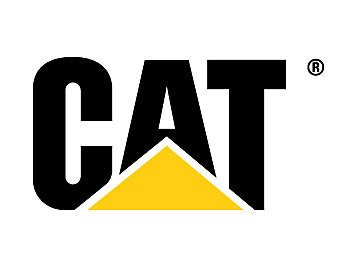Verwarringsgevaar vanwege begripsmatige overeenstemming 'EAU CROCO' en beeldmerk Lacoste II

Hof Den Haag 26 januari 2016, IEF 16181; IEFbe 1901; ECLI:NL:GHDHA:2016:1218 (Pacogi tegen Lacoste)
Merkenrecht, oppositie, overeenstemming beeldmerk en teken dat alleen uit woorden bestaat, verwarringsgevaar. Vgl. IEF 15659. Oppositie. Pacogi heeft het woordmerk ‘EAU CROCO’ ingediend ter inschrijving bij het Benelux-depot. Lacoste stelt oppositie in tegen deze inschrijving, welke wordt toegewezen door het BBIE [1267366]. Pacogi gaat in beroep en stelt onder meer dat alleen begripsmatige overeenstemming onvoldoende verwarringsgevaar oplevert. Het hof oordeelt, net als het BBIE, dat er een begripsmatige overeenstemming bestaat tussen het woordmerk ‘EAU CROCO’ en het beeldmerk van Lacoste. Door beiden wordt het concept ‘krokodil’ uitgedragen. Vanwege de sterke begripsmatige overeenstemming is er, ondanks gebrek aan visuele overeenstemming, sprake van verwarringsgevaar bij het relevante publiek. Het hof verwerpt het beroep.






























